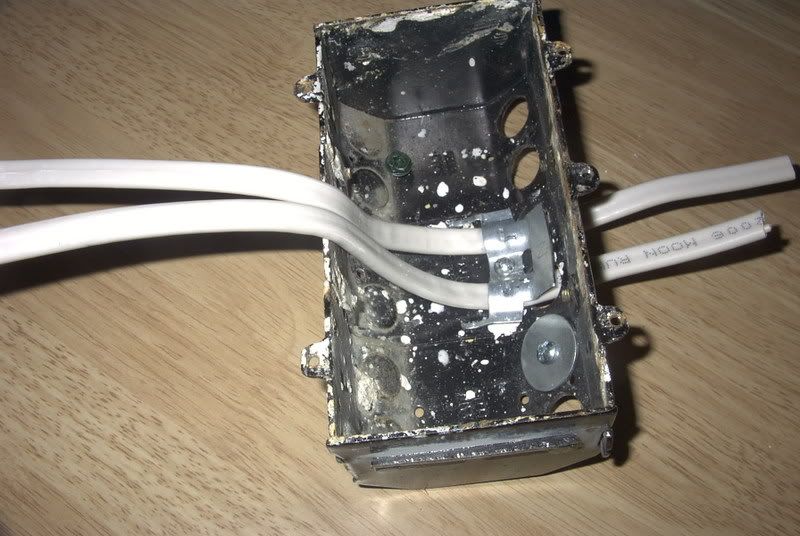I resently was contacted by a friend who is buying an older house. I knew what was comming next, the knob and tube comment from the homeowners insurance co. I was wondering how every one else handles these calls. Do you test and report on the K&T system, or do you just quote and replace. Here is the e-mail I got.
I just got a call from our insurance company and here is what we need within 30 days of closing
Inspection from certified electrician which includes:
Statement if knob & tube wiring is active or inactive
If active, where is it located in the house
Plan to replace/bypass the wiring if it is active
I find it difficult to believe that every house sold that has K&T wiring is getting rewired, I see many houses selling that I know have K&T and I don't see any electricians at them after closing escrow. What ideas does everyone have on this situation. I should add I normally replace old K&T when it gets exposed during other work but I don't normally go digging it out unless there is reason to.
I just got a call from our insurance company and here is what we need within 30 days of closing
Inspection from certified electrician which includes:
Statement if knob & tube wiring is active or inactive
If active, where is it located in the house
Plan to replace/bypass the wiring if it is active
I find it difficult to believe that every house sold that has K&T wiring is getting rewired, I see many houses selling that I know have K&T and I don't see any electricians at them after closing escrow. What ideas does everyone have on this situation. I should add I normally replace old K&T when it gets exposed during other work but I don't normally go digging it out unless there is reason to.


